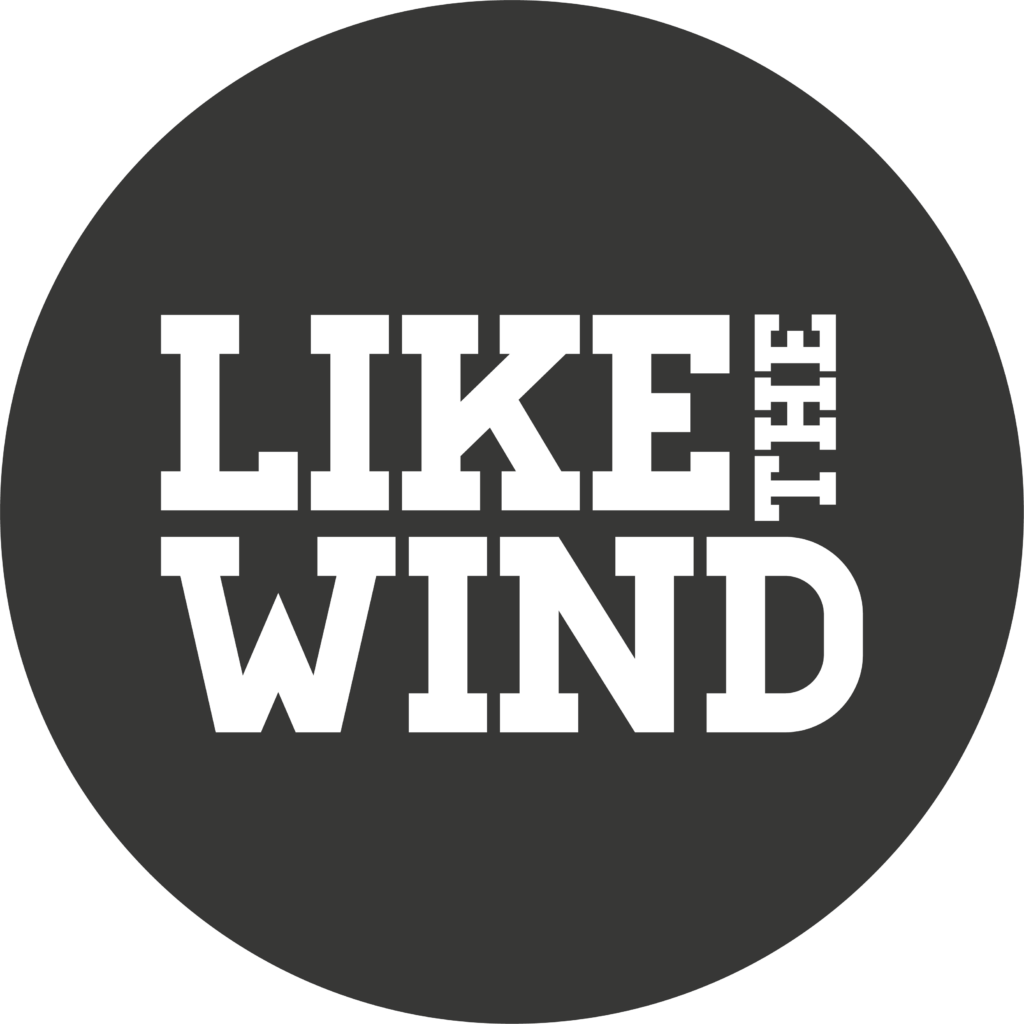Words by Like the Wind – Photography by Carlos Blanchard and Matt Georges
Inspiration is a key ingredient when encouraging people to get outside and into the mountains. Arc’teryx has dedicated itself to that part of the recipe since its launch in 1989. Partly, the brand does this through its sponsored athletes – and the stories they tell. At the same time, Arc’teryx knows that knowledge is an equally essential ingredient. Which is why the Arc’teryx Academies exist: to encourage more people to get outdoors, and further their education and skills in the mountains with athletes and best-in-class guides. Philipp Reiter is an Arc’teryx athlete who is perfectly positioned to offer both. This is Philipp’s story and a look behind the scenes of the Arc’teryx Academies.
In the English language, interrogative questions are those that allow the enquirer to understand a topic more deeply. They’re all based around words like who, what, when, where and why. And then there is the sixth question, that somehow sits aside but is no less important: how.
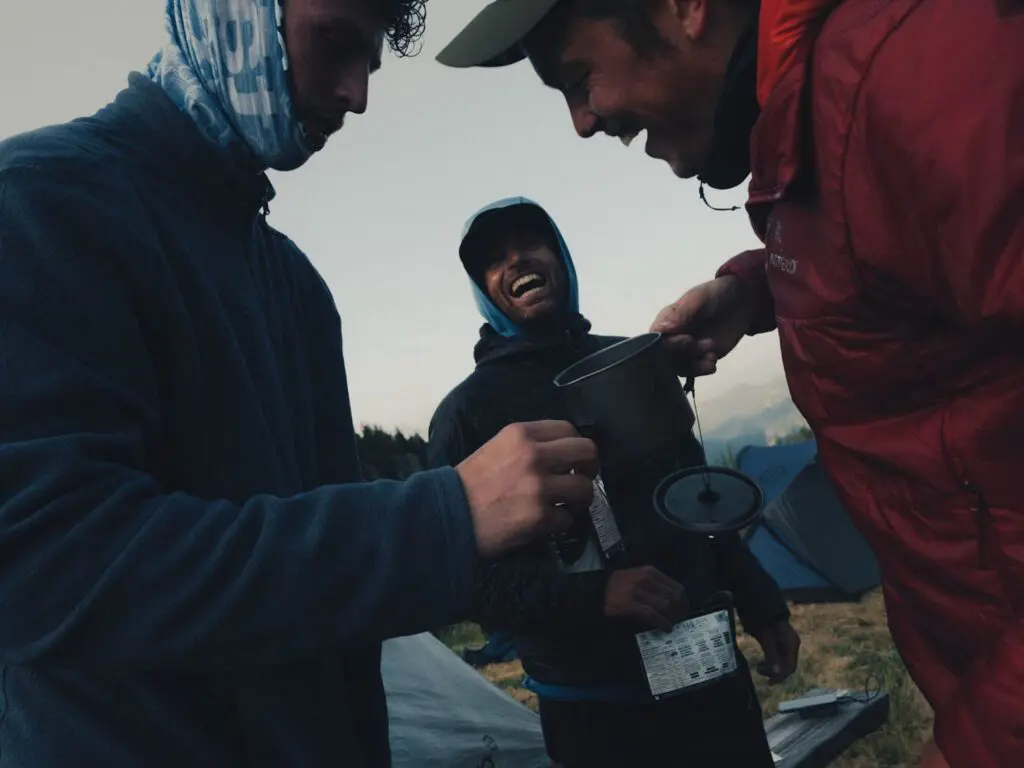
Philipp Reiter has just returned to Chamonix, France, in the shadow of Mont Blanc, from leading a two-day trail running clinic. He’s relaxing in the late afternoon sun in Parc Couttet, the Alpine Village for the European leg of the Arc’teryx Academy, when we meet him. He appears relaxed and in good spirits. As well he might be.
As Philipp told me, the two-day adventure running experience, which included a night bivouacking, created strong bonds between the eight runners who made up the group. There was a clear sense that the trip created a respect for each other and for nature, as well as for the mountains particularly.
A perfect mixture of inspiration and education, this run represented the essence of the Arc’teryx Alpine Academy, which is built around the core sports that the brand develops products for: snow, climb and trail. The Alpine trails around Chamonix are the ideal playground, with breathtaking vistas and trails that include both smooth and rolling sections as well as technical, rock-strewn climbs or descents. The academy participants who ran with Philipp enjoyed storytelling as much as some tips and advice – from an athlete who has won the Zugspitz Ultratrail once, the Zugspitz Supertrail race twice, and set the fastest known time on the east flank of the Watzmann Ostwand, the highest peak entirely within Germany.
When it comes to educating runners, Philipp openly wants to help people avoid some of the mistakes he made as a young athlete: “Nowadays there are many things I wouldn’t do any more. Now I’ve become more sensible. But when I was younger, [everything I did] was based on being excited.” Philipp recalls a time when he was driving through Italy and saw a mountain that he thought he would climb the next day. As evening closed in, a storm arrived, coating the upper slopes of the peak with snow and ice. “Still, I decided to try it,” says Philipp. “Halfway up, it was super icy. The ice formed a thin layer on the rocks, I slid and fell down quite a bit. Of course, I didn’t fall down the entire mountain. But with a little bit more knowledge of where the [snowline] was, I would have probably done it differently.”
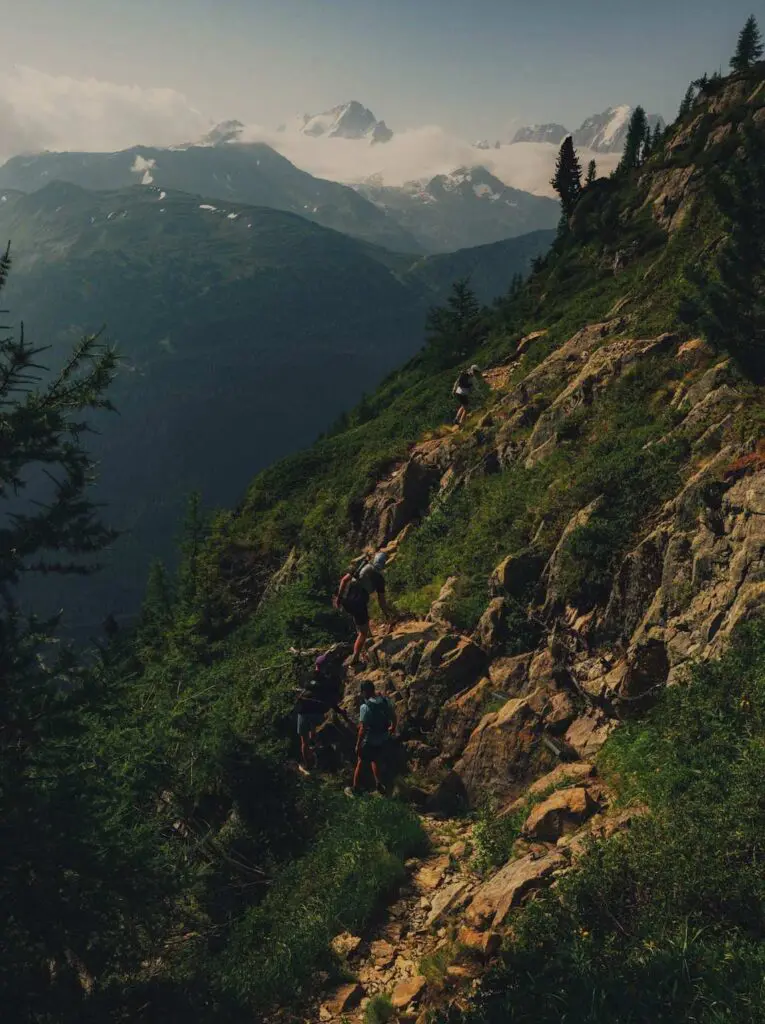

Karl Aaker, Chief Brand Officer at Arc’teryx, echoes Philipp’s thoughts about the importance of education when he talks about why the brand invests so much in creating the Arc’teryx Academies. “We have a saying inside the brand that the mountains make us better,” Karl explains. “For us, it all boils down to the fact that our purpose as a company is to make those incredible experiences of growth and learning in the mountains more possible – and more accessible.”
Philipp says that his progress as a mountain athlete benefitted from a number of mentors, who both inspired and encouraged him to pursue his dreams. They also supplied some of the knowledge he needed to be safe and get the most out of his talents. Karl sees Arc’teryx acting in the same way: “More than anything, it’s just a truth of [Arc’teryx’s] culture that we care deeply about creating opportunities for mentorship; access to knowledge and learning experiences; and do all we can to create safe places to promote skill building and risk management.”
It should be acknowledged, though, that providing a platform to inspire and inform people who want to get out into or improve their performance in the mountains is not a small undertaking. The Arc’teryx Alpine Academy in Chamonix included over 1,000 clinic spots from 35 nationalities (across disciplines including mountaineering, trail running, rock climbing, and photography); an entertainment programme packed with film screenings, inspiring talks, athlete-led workshops, concerts and DJ sets; as well as 50 Arc’teryx-sponsored athletes and 140 professional mountain guides on hand interacting with academy participants. There was even a climbing wall in the Parc Couttet and a ‘gear library’ where people could borrow – free of charge – any equipment they needed for their activities. So why does the brand go to all this effort and expense?
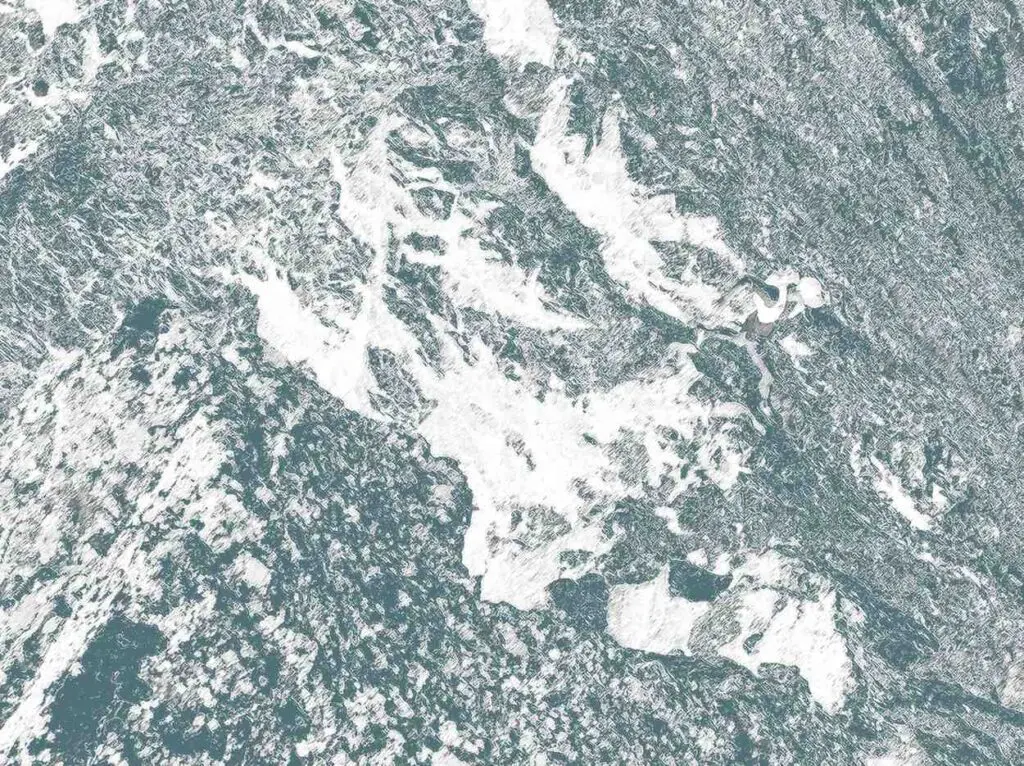
“Arc’teryx Academies are a celebration of sport, education and community,” Karl says. “They bring our brand to life by empowering participants with new skills and unforgettable experiences. We believe these are things they carry with them forever as they grow and evolve in their sport.” Karl makes the point that the events – which take place in France, the United Kingdom, Canada and many other locations – aren’t about profit: they are about Arc’teryx being a productive member of mountain communities. They are designed to create space for people to learn, connect with each other and progress in the places they love.
So, what is it about trail running that makes the activity and sport such a key part of the Arc’teryx Academies? “The key for me is the community aspect of the events,” Philipp explains. “So here in the Academy it just happened with the trail-running experience. It didn’t matter how fast we went or whether we added an extra summit. It was just such good vibes. We got to know people that none of us would have met before.”
Karl echoes Philipp’s thoughts about this: “So much of the community aspect is really changing why and how they run. And this change very much aligns with how we see the sport evolving into the future. Like many of the athletes we get to work with, more people aren’t necessarily running for results, times or sponsorship; they’re doing it for the experience, their deep love of running, a chance to see what’s possible and, ultimately, to just spend more time in the mountains.”
Karl goes on to explain that the brand is inspired by runners who focus on the progression of trail running “for the sake of growth and experience” because it is for people like this that Arc’teryx is able to “geek out on new design problems every day” and develop the most innovative products they can while creating new spaces for people to grow their skills in the mountains.
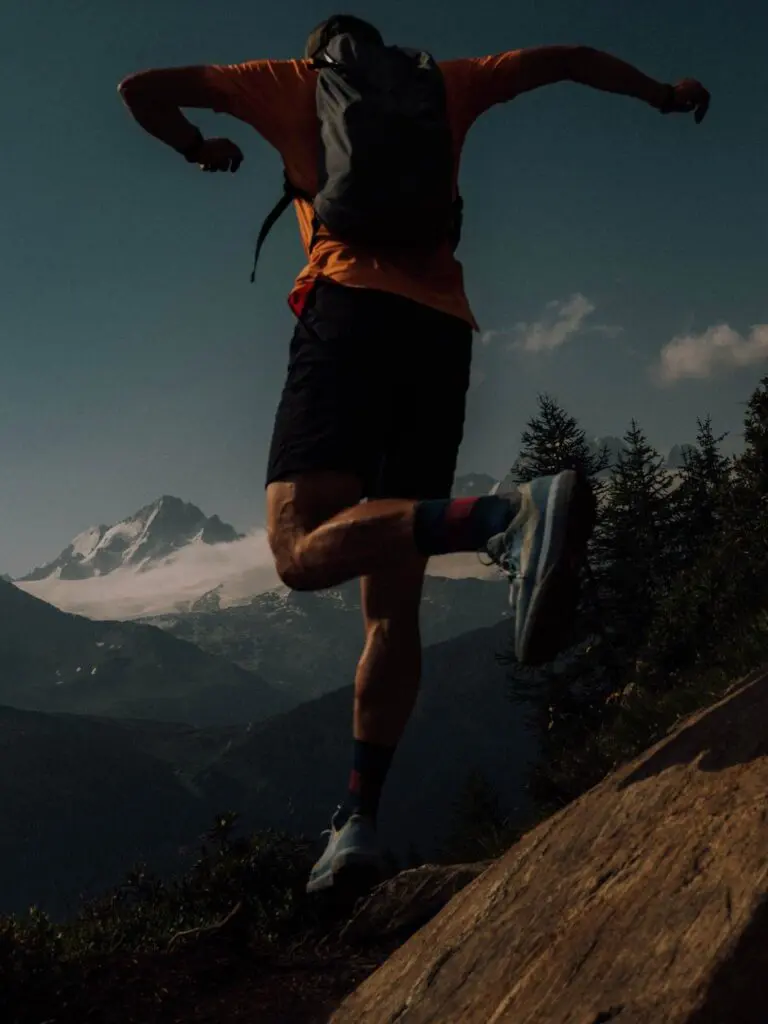
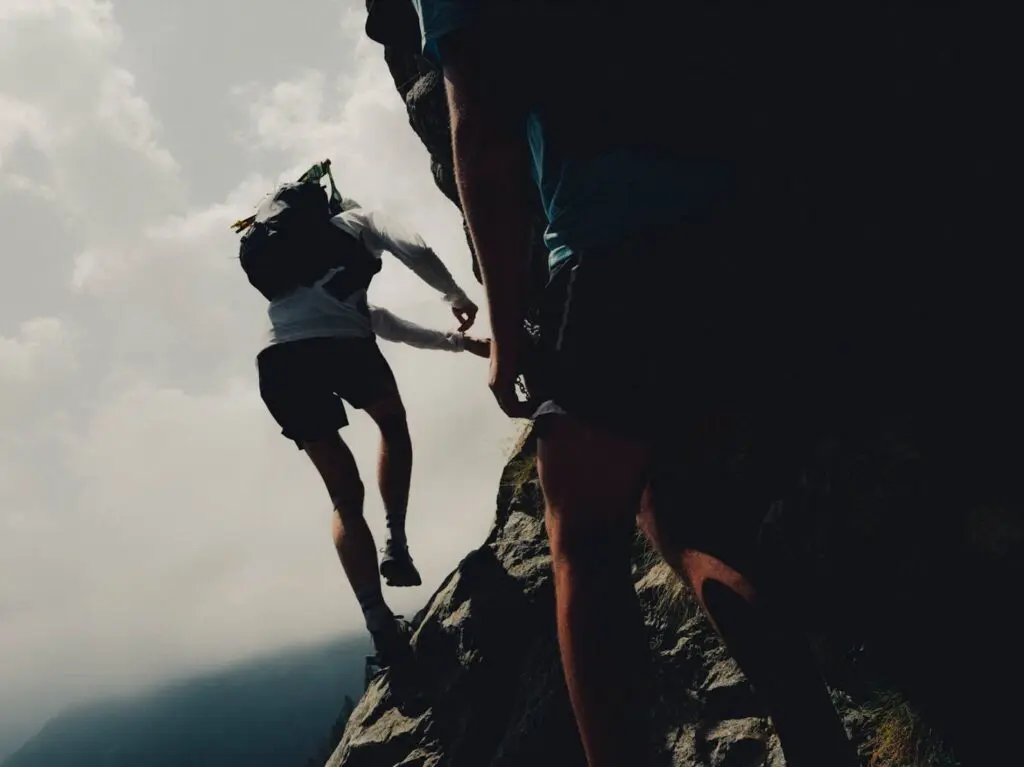
As trail running continues to grow in popularity, the appetite for inspiration and information is bound to grow. Arc’teryx recognises that it is in the perfect position to provide plenty of both. As Philipp says: “Arc’teryx really creates a community. It’s not about products. The brand provides much more. We create these events specifically for people to get more education, more safety when in the mountains and – hopefully – more fun.”
The overwhelming feeling from the Alpine Academy in Chamonix is that all those aims were achieved with more to come in future events.
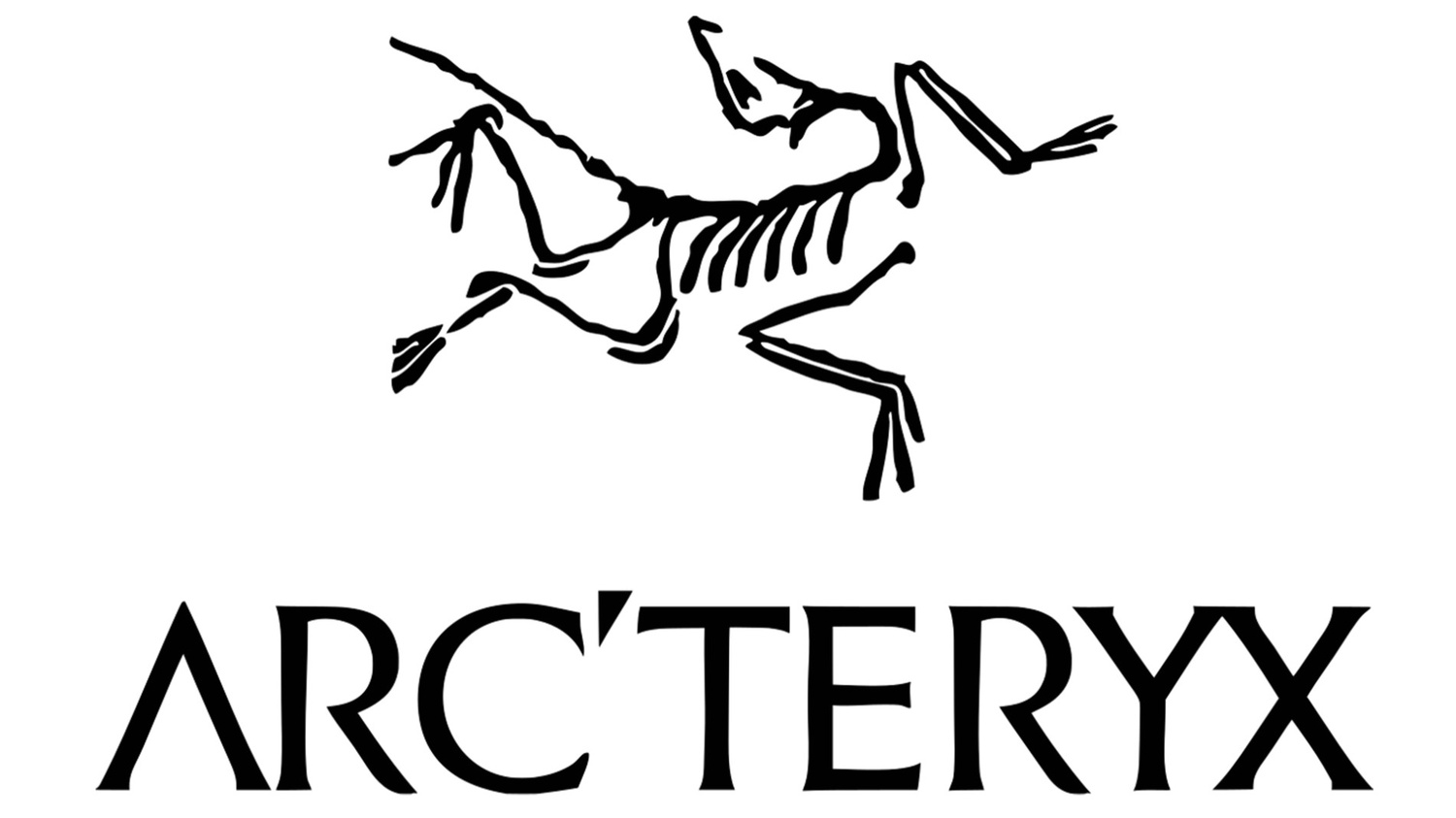
To get involved yourself, check out the programme at: www.arcteryxacademy.com
